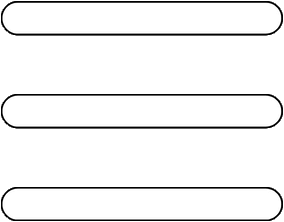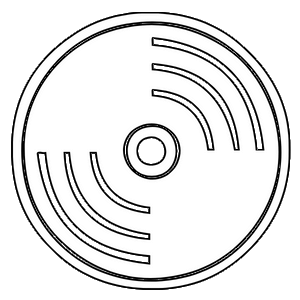The Essential Guide to Caps and Plugs: Choosing the Right Solutions for Your Needs
When it comes to protecting equipment, components, or products during manufacturing, storage, or shipment, caps plugs play a crucial role. These simple yet critical items help to guard against contamination, damage, and other potential hazards that can impair functionality or quality. With a variety of types and materials available, selecting the appropriate cap or plug for a specific application can be overwhelming. In this article, we’ll demystify the choices and provide insights so you can make informed decisions about the best solutions for your needs.
Understanding the Different Types of Caps and Plugs and Their Applications

When it comes to preventing damage and contamination, no two caps and plugs are the same. Caps are generally used to cover the outside of a component, such as a pipe or a rod, while plugs fit inside an opening, like a tube end or a port. They come in various shapes, such as round, square, and rectangular, and can perform various functions, from protecting threaded parts to sealing hydraulic fittings. Recognizing the difference between push-fit caps, threaded caps, tapered plugs, and non-threaded plugs is essential for choosing the correct type for your application.
In addition to purpose and industrial use, the customization of caps and plugs also plays a role in selecting the right solution. Many manufacturers offer products that can be tailored to meet unique specifications or fitted to non-standard components. For those looking for a broad range of standard parts, companies offer extensive catalogues that cater to diverse needs. Their well-curated selections accommodate different applications effortlessly.
How to Measure and Choose the Correct Size for Caps and Plugs

Size accuracy is paramount for the effective use of caps and plugs. An improper fit can lead to inadequate protection or retention, which may result in damage to the part or machinery. Measuring the dimension of the component you’re looking to protect is the first step. This typically involves the outer diameter for caps, the inner diameter for plugs, and the thread size for threaded applications.
Fitting caps and plugs isn’t just about matching sizes with component dimensions; considerations of tolerances also play a part. A snug fit requires caps and plugs that can accommodate slight variances in size while still maintaining a tight seal. This may involve selecting parts with a slightly smaller diameter or those designed with a degree of stretch.
Innovative Features in Caps and Plugs Design for Enhanced Functionality

Innovation in caps and plugs design is driven by the need for enhanced functionality and user convenience. Manufacturers are continually introducing smart features that address common issues or optimize performance. For example, ergonomic designs incorporate tabs or flanges to make removal and installation easier without requiring tools. This can significantly improve efficiency in processes where caps and plugs need to be frequently replaced or inspected.
Multipurpose designs that can function both as a cap and a plug offer versatility and can reduce inventory requirements for users who need to protect various components with differing requirements. Such dual-function parts represent a strategic approach for maximizing application with minimal stockkeeping.
Best Practices for Installation and Maintenance of Caps and Plugs

For optimal performance, proper installation of caps and plugs is a must. One of the key best practices is to ensure that the surfaces are clean before installation to prevent contamination. Any debris or residue can compromise the seal, defeating the purpose of using these protective components. Additionally, when installing, it’s important to apply even pressure and avoid the use of sharp tools that could damage both the cap/plug and the component it’s intended to protect.
Regular maintenance of caps and plugs is just as important as their correct installation. This maintenance might involve periodic inspections to check for wear and tear, especially if they are intended for long-term use or are in harsh environments. Replacement should be timely to maintain the integrity of the protection that caps and plugs provide.
Overall, the successful selection and use of caps and plugs hinge on understanding their different types, materials, sizes, innovative features, and maintenance practices. By giving due consideration to these aspects, industries can safeguard their products and processes effectively, enhancing longevity and performance. Applying these best practices will not only protect but also streamline operations, ensuring caps and plugs serve their intended purpose efficiently and effectively.














